According to SIRC, (Social Issues Research Centre – an independent, non-profit organisation), “the happiness of a home is independent of socio-economic group.” So what makes a happy home? It’s not about having big arched windows, but whether you at a proximity to nature. And it’s certainly not about buying Murano chandeliers or having Rosa Verona marble flooring. It is though, about how much your home reflects you, your journey and meets your needs. It is about a place that supports our well-being, restores, soothes the mind, boosts happiness and allows us to experience the world. Now is the time to find out how to create a happy home.
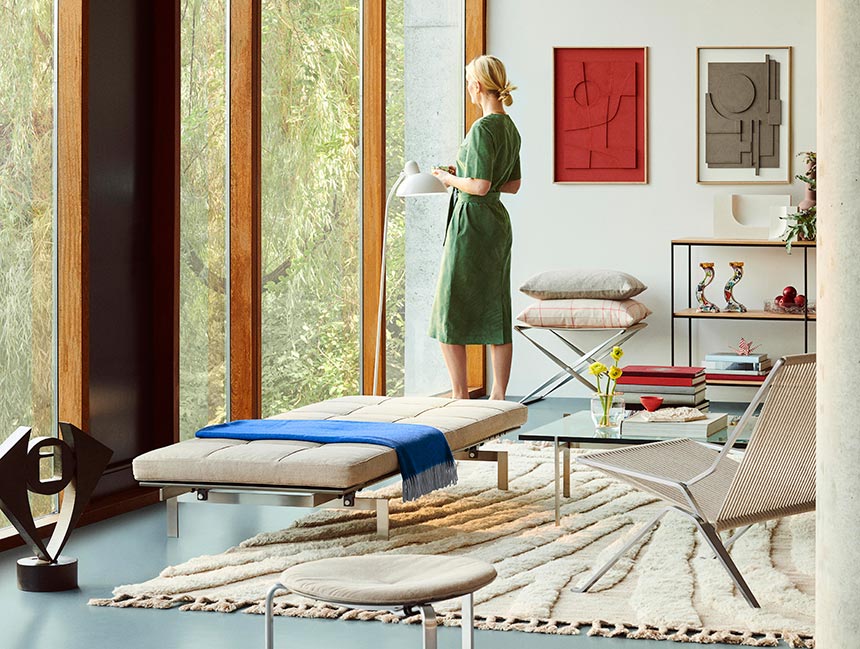
The SIRC happy home report begins with the most popular definitions as given by the respondents:
- “a place where you feel safe and secure (69%)
- a place where you can relax (64%)
- a place where you can be yourself (57%)”
Obviously, who we live with has a huge influence on our experience of home. So, according to this report for Halifax, “happiness increases linearly with the number of bedrooms…with a ratio of more than 1.5 bedrooms per occupant.” Yet, if I may interpret this finding, it’s not necessarily about having a spare bedroom, rather than having adaptable spaces for multiple tasks and dedicated personal zones.
Personal space
One of the Pandemic disclosures is that we all need a bit of personal space. This is the kind of space that pockets privacy for peaceful moments in order to escape stress. This doesn’t pertain to interior spaces alone. Outdoor living spaces can become a fabulous alternative for mindful living and peace too. The same logic applies to dedicated activity spaces. Therefore, if you have any unused walls or corners, perhaps turning them into reading or meditation nooks may do the trick.
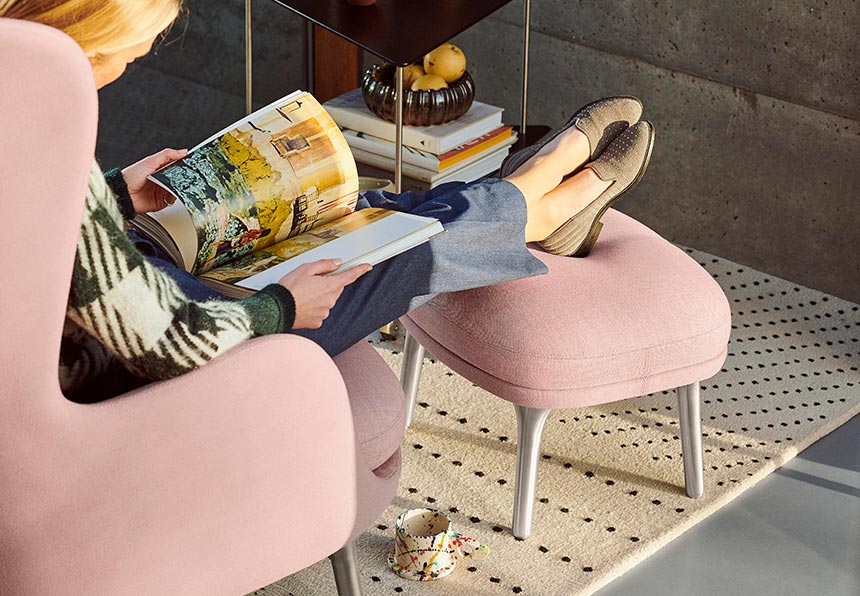
Connections
We can’t always articulate what’s missing from our houses. As a designer though, I have come to find that more often than not, unhappy homeowners feel disconnected. Many of them do not know who their neighbors are, let alone what they do with their lives. That can’t possibly foster a sense of community or security. Others, feel that their house design has too many flaws to bring them at ease, i.e. not enough natural light, or bad design flow, etc. In both cases though, there is a distinct lack of positive emotional connection.
A happy home gives you the potential to connect with the surrounding environment, the neighborhood, and each of its living spaces too. Therefore, it follows that if you care about something, rather than carrying on, you’ll do something about it. Gardening, decorating and styling a house are three of the best known ways to turn a house into a happy home; simply because they create positive emotional connections. Socializing, entertaining and creating fond memories deepen those emotional connections.
Aesthetics – Beauty in Interior Design
It is said that beauty is in the eye of the beholder. As such, many argue that whether a space is aesthetically pleasing or not is purely subjective. According to Donald H. Ruggles though, author of ‘Beauty, Neuroscience & Architecture: Timeless Patterns’, innate beauty is about the assessment of a series of constant patterns that are “literally part of our genetic programming.” In other words, innate beauty is deeply rooted in our unconsciousness.
Humans instinctively act out on two things: survival and seeking of pleasure. He argues that some architectural forms can cause either sympathetic or parasympathetic reactions. Sympathetic reactions create ‘survival’ signals, while parasympathetic create ‘pleasure’ signals. Survival signal mode induces stress and higher heart rates; an unwanted situation. Similarly, parasympathetic lowers stress, enables rest and relaxation. But for a healthy nervous system you need both of the signals in different dosages to attain homeostasis.
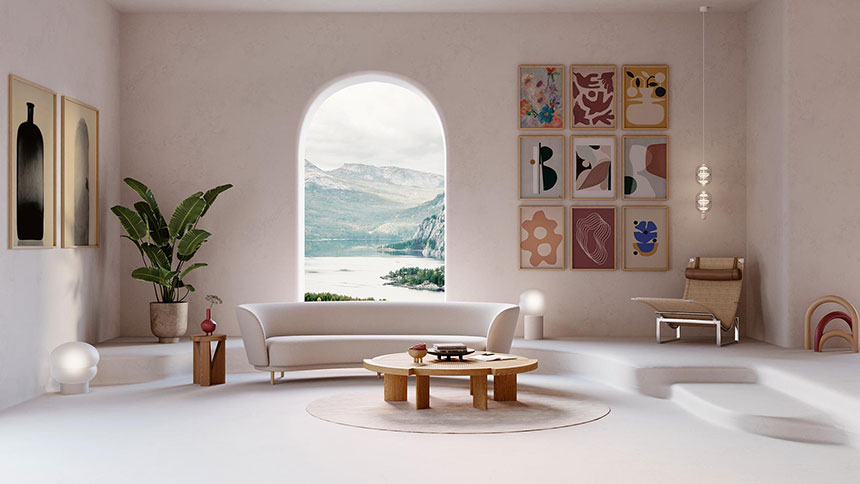
Loosely translated, emphasis on ‘loosely’, this concept implies that you need to create a bit of tension and a raise of curiosity levels in conjunction to plenty of relaxation vibes. This suggests that too much of neutral colors and neutral settings alone could end up boring. It is all about striking the right balance.
Beauty is one of the most important emotions in life. Beauty can save the world, one person at a time. I am sure of that.” — Renzo Piano, architect
Clearly, the concept behind beauty could be a whole new field in architecture; apparently, some scientists are looking into it in greater depth. The key point to keep in mind though, is that beauty can result in feeling good and as of lately, neuroscience seems to back this up. Thus, it really matters to pursue a good design, with an aesthetically pleasing outcome that will allow us to flourish, re-compose, relax and support our well-being. (Read more and listen to a very interesting interview of Ruggles on this podcast).
To this extend and going back to emotional connections, pursuing a better decorating scheme isn’t always a vain undertaking, as some would have you believe. However, aside the task of decorating, it is also the establishment of particular rituals, that can result in a more pleasurable experience; hence, foster a happy home.
Tips and Rituals for a more pleasurable experience and a happy home
Invest in good basics/essentials
In your decorating journey, you can always rely on good basics or essentials. Trends have a way of coming and going like a tide. But good basics will hold your vision and style together like glue or better yet, a neutral backdrop. I’m talking about things like white, basic dinnerware and linen bed sheets and tablecloths that will never be out of style. Things like that are the backbone of your home’s decor.
Declutter
Make it a point to find a home for everything, including the TV’s remote. Scattered things, here and there, hamper your decorating efforts and style, decompose a room’s aesthetic and will get you in a state of uneasiness, faster than you can say ‘enough is enough.’ If it’s broken, or hasn’t been used for the past decade, then give it up or give it away. Declutter as often as possible. The longer you go on without decluttering, the more things accumulate and the harder it becomes in the long run. Personally, I go from room to room and look for possible eyesore clutter every two weeks (maximum).
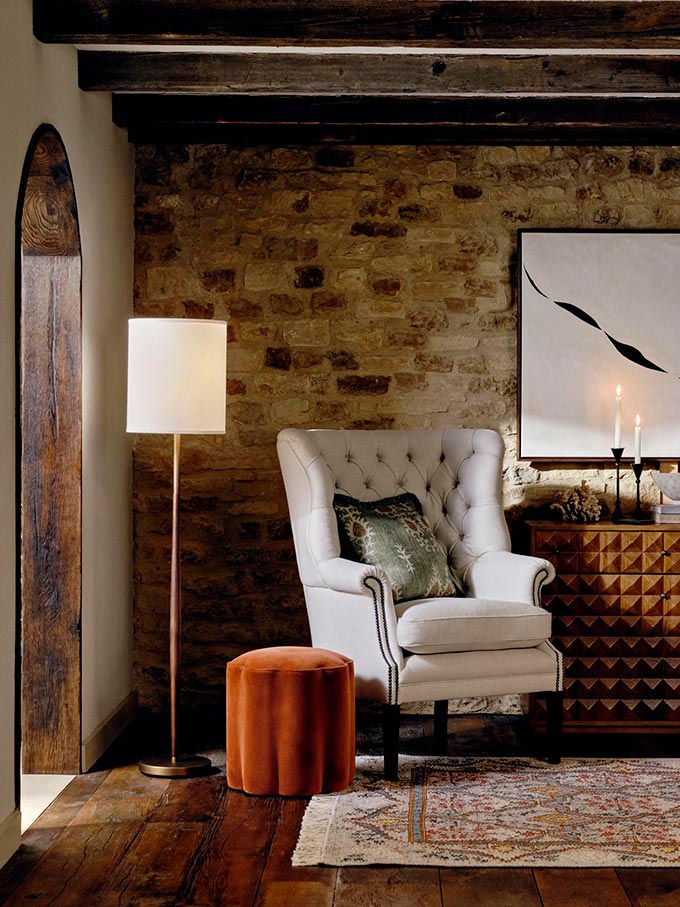
Back to ready
Every morning, before everyone gets up I bring the living room back to ready state. It only takes me a couple of minutes, but it helps me start my day feeling content and satisfied. In fact, I repeat this several times throughout the day, because I find it far more productive for me to work from home when it looks and feels good. Similarly, make your bed every morning. I do so even if I’m sick with fever. At the end of the day, no matter how bad your day may get, you will always have a comfy bed waiting for you.
Artistic merit
If beauty can actually improve our lives, then investing in art is like investing in our health. It is a must. Art lends beauty in a space, creating a sense of pleasure; therefore, invest in curated art pieces. Simple as that. Find pieces that click to you on an emotional level, as opposed to viewing them from a monetary perspective. In fact, I can attest to that; I feel most comfortable when surrounded with art pieces I love in comparison to pieces that I have been gifted, but I don’t find appealing.
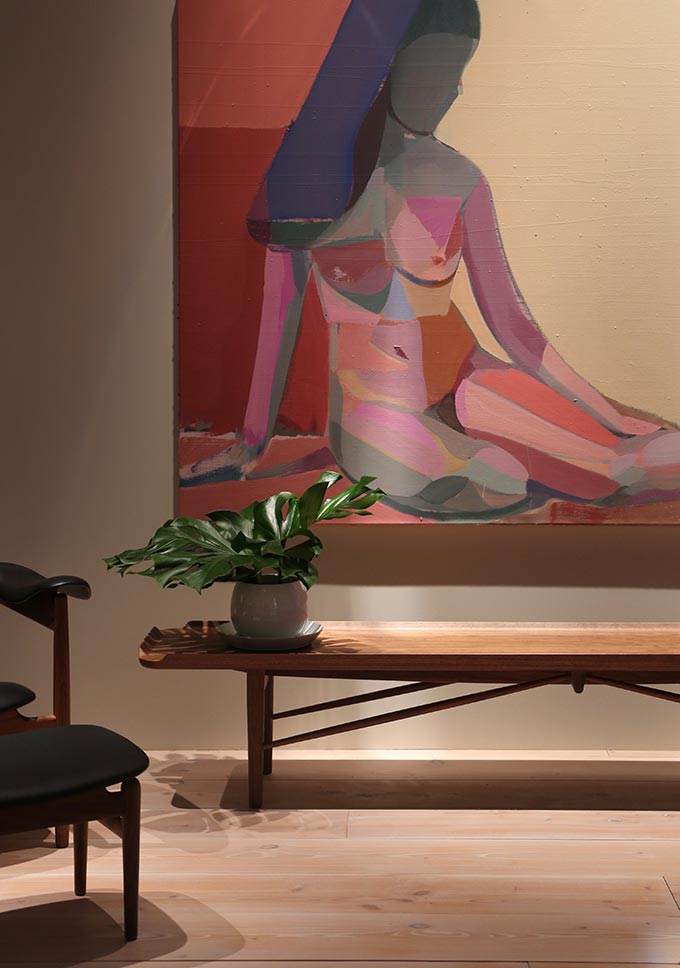
If beauty can actually improve our lives, then investing in art is like investing in our health. It is a must.
In any case, do some research ahead – don’t just buy any generic print that’s out there, because that could be a waste of time and money. Having said that, pieces with vibrant and energizing colors can look great in common areas i.e. the living room, while cool tones may be best reserved for bedrooms.
Bring the outdoors in
A happy home needs outdoor spaces inclined to nature. There’s a whole lot of science behind this, which I’m not going to get into here. Since, being outdoors can lift the moods and lower stress levels, it makes sense to bring some of that greenery inside too. Thus, anything green brought inside like a vase with fresh flowers, or a potted fern can instantly enhance the room and lighten your spirit.
Embrace imperfection
Great homes take time to create, evolve and grow into what makes them the spine of our living web. They won’t necessarily be perfect from the beginning. Slow design has its perks. However, with a clear design vision you will eventually get there. In the meanwhile, embrace all those little things that may not be perfect, but are meaningful to you for one reason or another. Pass down objects, heirlooms and other pieces may be reinvented in beautiful ways, as long as you keep an open mind. Be mindful and take pride in your journey, the rest will follow.



